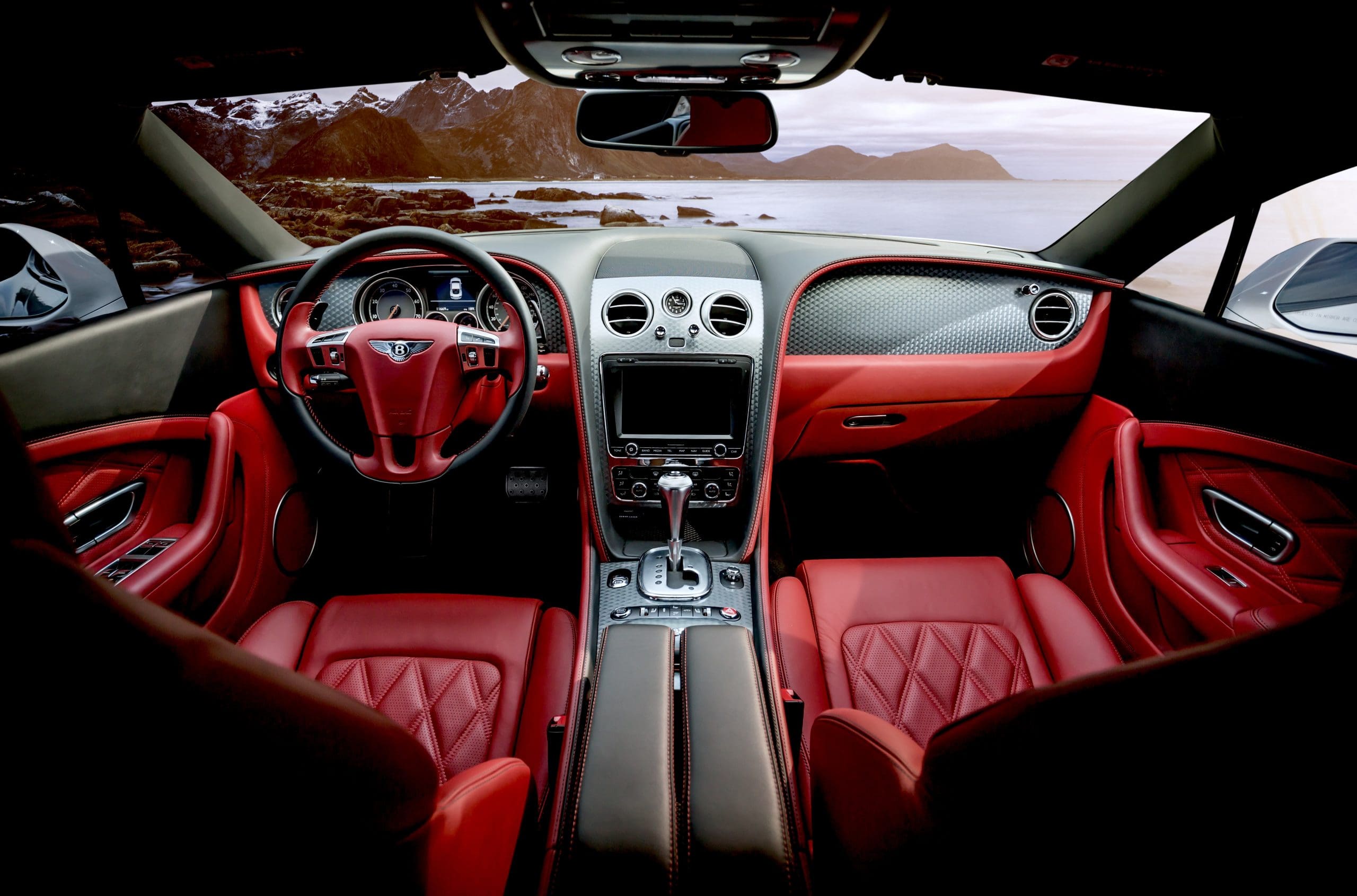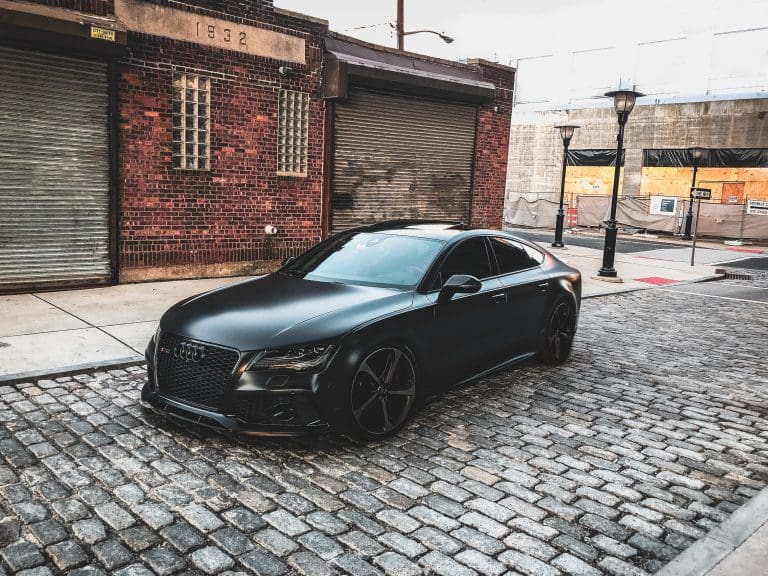If you are looking to upgrade from your clunker to a new vehicle, you are going to have to put a little bit of work in to make sure you get the right car for you (and at a fair price). Selling and purchasing a new vehicle is not typically done in one day but the process can end up saving you significantly if you are financing a new car. Preparing your vehicle to be put on the market and taking the necessary steps to get the most money out of it takes some time. Get yourself organized, think logically about your wants and needs, and get ready to make a deal.
Preliminary Steps
Before you put your car on the market or show up to a dealership, there are some steps you must take to ensure that the transaction goes smoothly and to get the highest price possible for your vehicle. Begin by collecting all the documents that you will need to complete the sale of your car. This includes but is not limited to:
- The title for your vehicle.
- Current auto loan information or proof of pay-off.
- Vehicle registration.
- Maintenance records.
- Driver’s license or other valid form of identification.
Stop to think for a moment of how long ago you last had your car detailed. Buyers in many private sales make snap judgements about purchasing a vehicle in the first moments of seeing the car. Forking over a small chunk of change to have your car detailed will leave a good first impression on the buyer. Additionally, take an inventory of small issues you can address such as broken latches, worn out windshield wipers, or small dings and dents. Replacing these small items will increase the value of your car and can prevent dealerships from nickel-and-diming you when you go to trade in your car.
Determine the Value
Before you think about putting your car up for sale, you are going to want to know how much it is worth. The easiest and most general way to do this is by simply entering your car’s information into the Kelly Blue Book database. It will give you your car’s value according to where you live and the level of wear and tear your vehicle has accumulated over the years.
However, this is not always the true value of the car. If you have made any alterations to improve your car’s value, such as adding aftermarket accessories or improvements to the car’s mechanics, it may be worth more. Keep in mind that even a car that is not running still has a market value. Depending on the make, model and year of your vehicle, the parts may be still considerably valuable. Don’t write your car off as a total loss until you have had it evaluated by your local mechanic.
You also want to make sure you don’t overpay for the new vehicle you have your eye on. It is a given that you will pay more for a vehicle you purchase from a dealership rather than a private sale. Know the worth of the vehicle so that you are better equipped to make an educated offer on a car to walk away satisfied with your purchase.
Safety First
Before selling your car to someone else, make sure you can feel morally comfortable with completing the sale. If you know the gas pedal sticks or that it needs new brakes, either fix the problems beforehand or inform the purchaser of the issues you are aware of and price your vehicle accordingly. It is wise to address the issues you know of before trading your car in at a dealership — even the smallest issues can reduce the value of your car when trading it in.
It is not technically illegal to withhold information about issues that the vehicle you are selling may have in a private party sale — however, it is poor business practice. If you are looking to buy a vehicle from a private party, it is wise to have a mechanic do a thorough inspection before making your purchase. There may be more hiding under the hood than what you see at first glance. It is worth the small fee for the peace of mind that you are making a well-informed purchase.
When you are searching for your next ride, do your due diligence to ensure that you are getting a mechanically sound, safe car- including the functionality of any upgraded tech features of the vehicle. These technological improvements that are being made to ensure a safer driving experience are also a perk of upgrading your ride.
The assistance of backup cameras, proximity sensors and autonomous driving options can significantly improve your ability to avoid collisions and damage to your vehicle. The new technology is easy to want to shy away from, but give it a second thought. According to the National Highway Traffic Safety Administration, over 37,000 drivers died in motor vehicle accidents in 2017. They claim that number could be reduced by new Driver Assistance Technology being developed.
Valuable Insurance
Once you have committed and taken the leap of purchasing a new vehicle, don’t be stingy when you go to insure it. It is common to feel overwhelmed with all the fees associated with a new car purchase. The taxes and registration fees can feel like they are draining your wallet, but don’t think that you can cut corners to save some cash by only getting liability insurance.
Leasing and taking out car loans require you to carry full coverage insurance for the duration of your loan. This protects your lender, whether you purchased your vehicle with a personal loan or an automotive loan, but it also protects you and the integrity of your purchase. You never know when an accident may occur that could leave you without a vehicle. Do your research and choose the insurance coverage that best suits your wants and needs. There are numerous providers, and typically all companies will offer you a free quote for your vehicle to enable you to shop around.
If you live in a busy city, choosing a plan that protects you and your vehicle from other drivers that may not carry car insurance is wise. It is more likely that you will get into a fender bender in a downtown metropolis than a rural area. Similarly, if you live in a mountainous area that uses scoria on the roadways in the wintertime, you will want glass coverage to protect you when the inevitable rock dings your windshield. Incidents can happen at any time: Hail damage, tornadoes, collisions and other hazards all can be protected against with the right insurance coverage.
Selling your car and purchasing a new one is no easy feat. It takes some experience and knowledge to have a successful and seamless transaction. If this is your first time going through the process, consider recruiting a seasoned car owner to help you navigate the muddy waters. Take your time when making your vehicle purchase. It is a large undertaking and typically involves managing a substantial amount. Remember, the most expensive car is not always the best car. Choosing a new vehicle is like choosing a new trusty steed. Do your research so you can be proud as you walk away from your old car and into a new ride!




